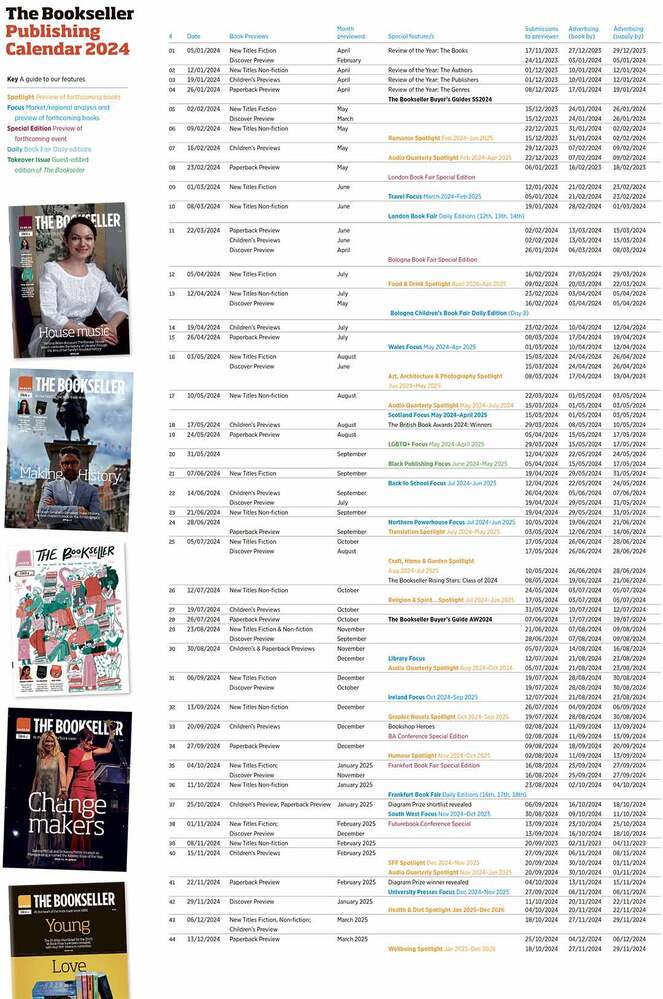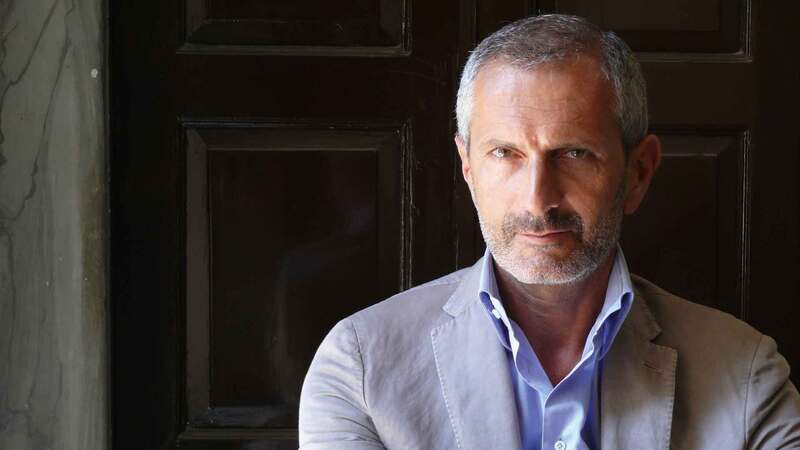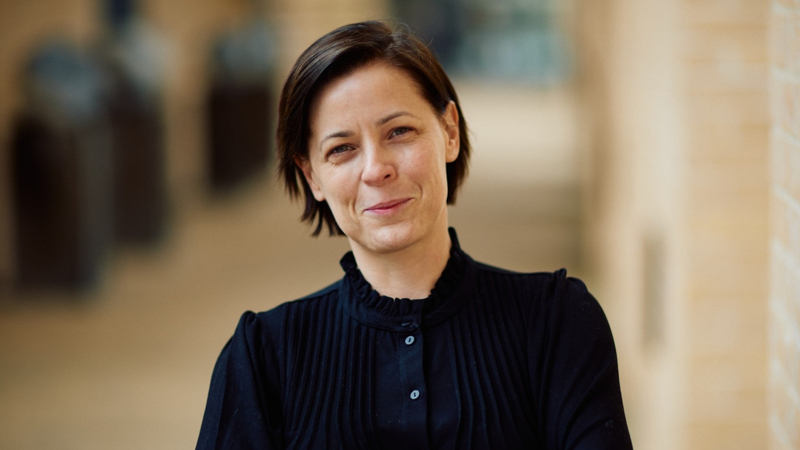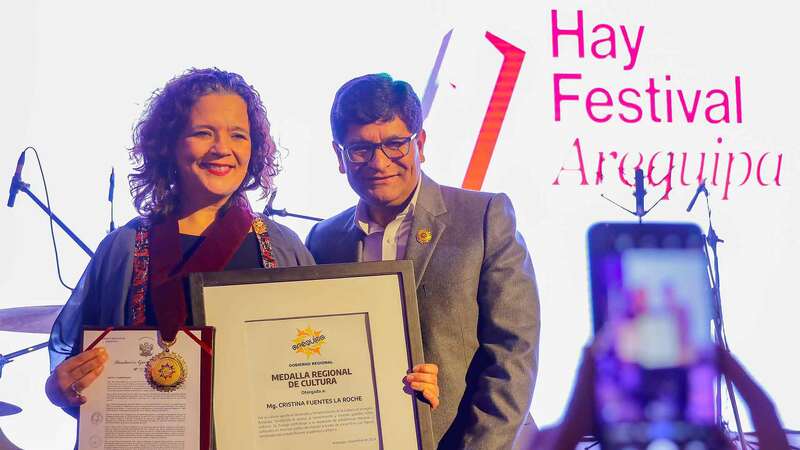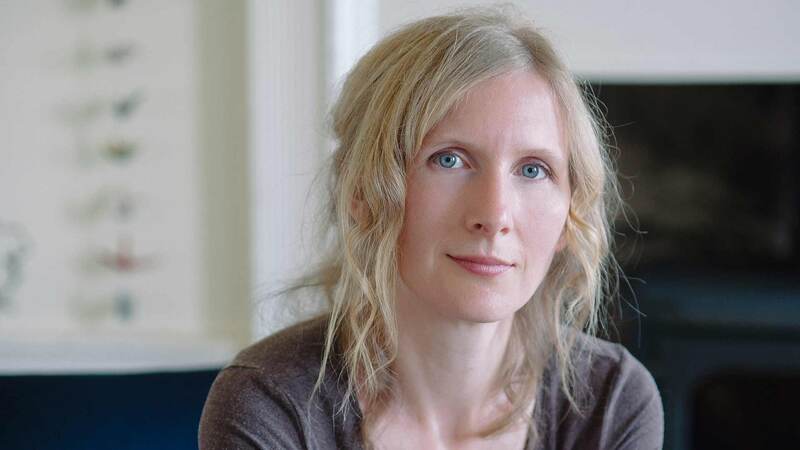You are viewing your 1 free article this month. Login to read more articles.
Painter of Silence: Extract
She watches a picture form. Only someone who knows his work already would understand that he is drawing figures. Figures on a road: black rectangles one beside the other like a row of ill-fitting teeth. But the landscape behind them is realistic, and also what are clearly carts beside them on the road. Some of the carts are pulled by horses, some by oxen, big boxy beasts with crescent horns. The loads on the carts are like hedgehogs, stuck about with things.
He draws the outlines first and then goes back and puts in the detail and the things become recognisable as chair legs, bed frames, chickens, pigs. Is it for himself he is making this picture or is it a story that he is telling? He draws the rectangles, the road, the carts. With the side of his pencil he makes the smooth grey line of the hill down which they have come. Far away on top of this he outlines small sharp black shapes that may be more people and carts. Then that picture is full and he turns the page and begins another. It would appear that this second picture is not improvised as the one before.
There is a sense of composition in the positioning of all the elements – the horizon, the big carts in the foreground, the road – as if he has the entire picture in mind from the start. There is space in the centre of this picture where there was not in the last one for a bridge, raised a little out of the perspective so that all of its piers and spans are clearly visible. Beneath the bridge, a river. At this stage the picture is an accurate representation of a recognisable place; but he goes on drawing. Some whim intervenes.
He draws a cloud above the horizon and fills it with a pattern of crosses. He puts herringbone patterning on the side of a wagon, stripes on trees, diamond shapes on the grass. The picture crowds and the sense of representation fades, and then again he turns the page.
That was the way he was first to know the war, by the convoys coming down the road to the river crossing. There were to be more convoys later: armies going back the way these carts had come, armies returning, people too; so many processions.
This first one carried furniture. So did the last one, that was the Russians going home. It was more crazy, that one, richer things in it, grandfather clocks on the wagons and mirrors wrapped in velvet curtains and enormous old trumpet phonographs and landscapes in gilded frames – but it did not make such an impression on him. By that time he had become accustomed to seeing strange things.
Painter of Silence is out now, published by Bloomsbury.


